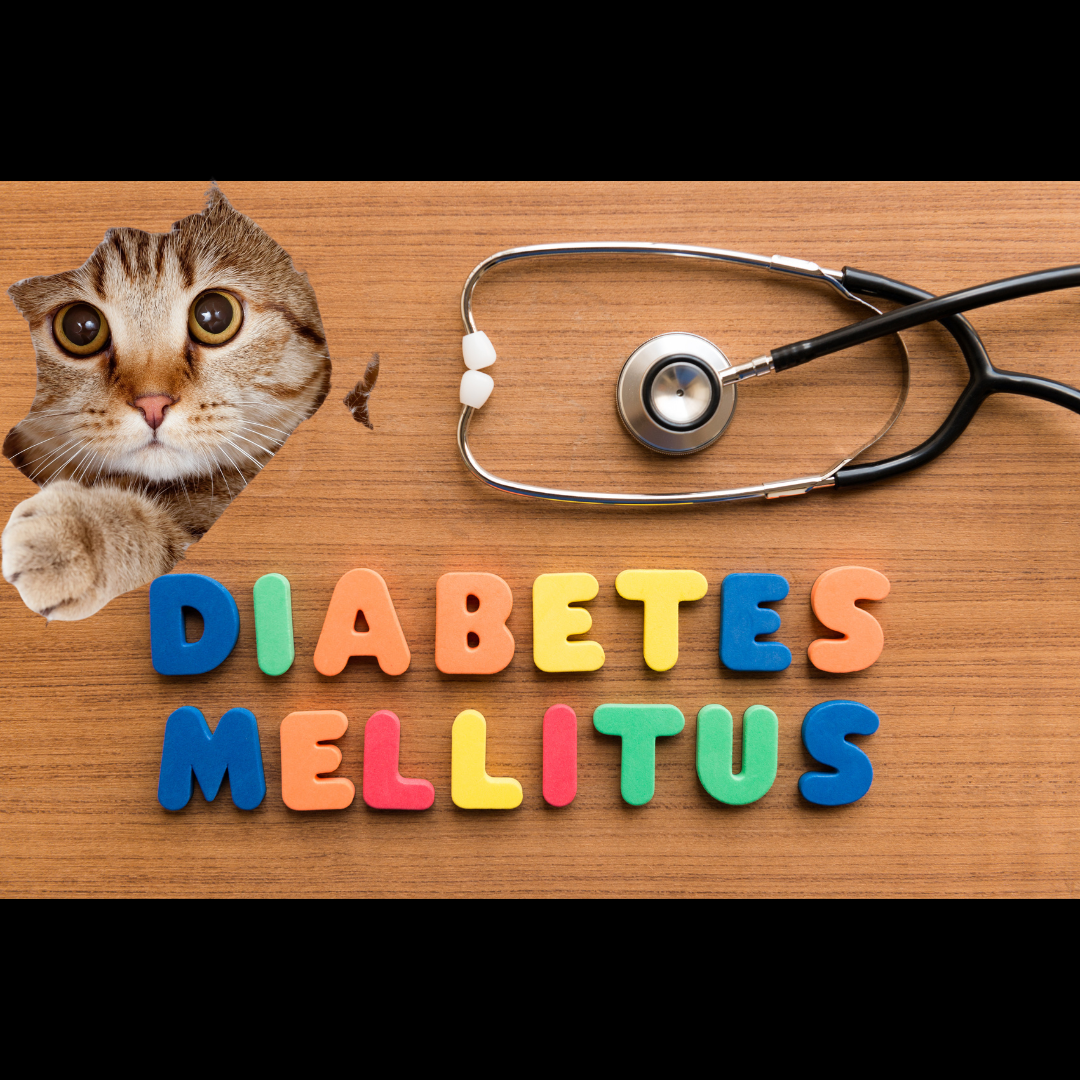
Feline Diabetes Mellitus: An Overview
Diabetes Mellitus is a common endocrine disease in cats, affecting their ability to regulate blood sugar levels.
It is caused by the failure of the pancreas to regulate blood sugar, leading to elevated concentrations of blood glucose1.
This article will delve into the symptoms, causes, effects, and treatment of this condition.
Symptoms
The four main symptoms of diabetes mellitus in cats are12:
- Increased thirst: Cats with diabetes tend to drink more water than usual.
- Increased urination: Along with increased thirst, diabetic cats also urinate more frequently.
- Weight loss: Despite having a good appetite, diabetic cats may experience weight loss.
- Increased appetite: Diabetic cats often show an increased appetite.
These signs may go unnoticed, especially in the early stages of the disease, or if a cat spends a lot of time outdoors1.
Causes
While the exact cause of cat diabetes is unknown, several risk factors have been identified3145:
- Obesity: Overweight cats are up to four times more likely to develop diabetes than cats at an ideal weight.
- Increasing age: Diabetes is seen more frequently in middle-aged to senior cats.
- Physical inactivity: A sedentary lifestyle can increase the risk of diabetes.
- Male gender: Diabetes is more common in male cats than females.
- Use of glucocorticoids (steroids): These are often used to treat other illnesses such as feline asthma and can increase the risk of diabetes.
- High carbohydrate diet: Cats fed a high carbohydrate diet are at a higher risk of developing diabetes.
Effects
Diabetes mellitus can have several effects on a cat’s body3267:
- Weight loss: Despite an increased appetite, diabetic cats may lose weight as their bodies turn to other sources, breaking down fats and proteins to feed glucose-starved cells.
- Increased thirst and urination: High levels of sugar in the blood can overwhelm the kidney’s ability to filter glucose, allowing sugar to spill out of the blood and into the urine.
- Unhealthy weight loss and diabetic neuropathy: Uncontrolled diabetes mellitus makes your cat more prone to a number of other health conditions, including unhealthy weight loss and diabetic neuropathy6.
- Ketoacidosis: In cats with severe or uncontrolled diabetes, the breakdown in fat and muscle can lead to a further syndrome called ketoacidosis which, if left untreated, will progress from vomiting, diarrhoea and severe dehydration to coma and death7.
Treatment
The treatment for diabetes mellitus in cats usually involves a combination of dietary changes, weight loss, and insulin therapy8910.
The main goals of treatment are3:
- Restoring normal blood glucose concentrations
- Stopping or controlling weight loss
- Stopping or minimizing signs of increased thirst and urination
- Avoiding inappropriately low blood sugar due to treatment (hypoglycemia)
Insulin injections and oral medications that decrease the amount of glucose in the blood by causing increased glucose loss into the urine are the two types of treatment for diabetes mellitus1.
Not all cats are good candidates for oral medication1.
Conclusion
Diabetes Mellitus is a serious condition that requires careful management.
If your cat is showing any of the symptoms mentioned above, it is important to consult with a veterinarian as soon as possible.
With proper treatment and care, cats with diabetes can lead a normal and healthy life.
Love you feline companion more and show affection creatively.
Visit our shop for our awesome pet inspired graphic t-shirt collection wear it proudly and let the world know just how much your furry friend means to you.
Disclaimer: This article is intended for informational purposes only. It is not meant to substitute for medical advice or diagnosis provided by your veterinarian. If your cat shows symptoms, please consult your veterinarian immediately.



Leave a comment
This site is protected by hCaptcha and the hCaptcha Privacy Policy and Terms of Service apply.